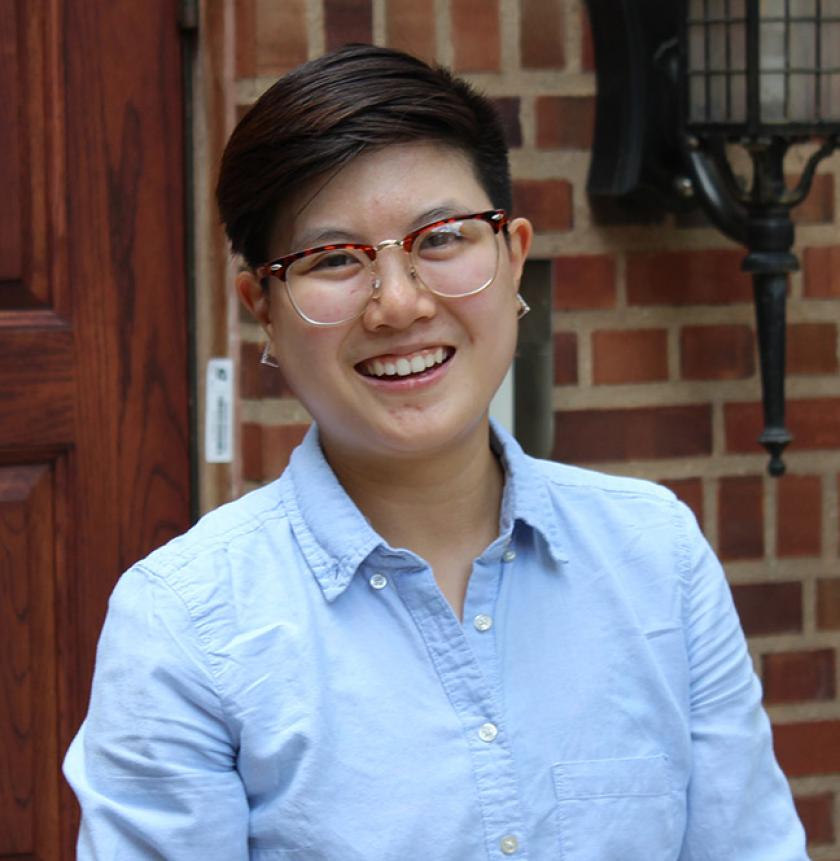Dissertation Defense: Ly Dinh

Doctoral candidate Ly Dinh will defend her dissertation, "Advances to network analysis theories and methods for the understanding of formal and emergent structures in interpersonal, corporate/organizational, and hazards response setting."
Her committee includes Associate Professor Jana Diesner (chair); Assistant Professor Peter Darch; Scott Althaus, professor in the Department of Communication and Department of Political Science, UIUC; and Leysia Palen, professor in the Department of Computer Science and Department of Information Science, University of Colorado Boulder.
Abstract: Network analysis provides valuable theoretical and methodological toolkits to investigate complex systems of social-technical relations. It has been applied to various social science research contexts to understand the mechanisms for individuals and groups to form connections. Furthermore, extant literature finds that networks of social organizing often comprise of structures that are formally specified (i.e.,formal) and informally created from unplanned interactions (i.e.,emergent). This dissertation builds upon prior literature in network science theories and methods with a goal to examine the formal and emergent structures of organizing in (1) interpersonal, (2) corporate/organizational communication, and (3) hazards response setting.
For the context of interpersonal interactions, we examine the emergent structures of communication in twelve empirical networks based on the tenets of structural balance theory for signed and directed networks. We find evidence in support of structural balance where the overall balance is higher than imbalance, suggesting that individuals and groups prefer less tension in their interpersonal connections. For the context of corporate/organizational communication, we show that emergent communication structures exist alongside formal arrangements where organizational members interact and maintain balance with others outside of their immediate groupings. In a scientific organization which we model as a multilevel network, we also find that both an individual's formal role and their informal communication network influence the likelihood of forming interdisciplinary ties with others. For the context of hazards response, we empirically validate the institutionalized and emergent networks of response collaborations during four major U.S-based natural hazards, and find that a number of collaborative relationships take place between organization who are not officially assigned to work together. In the context of biological hazards, we examine the structural mechanisms for sharing and communicating information about a hazard on social media. We find differences in the expected diffusion structure based on classic epidemic model and actual diffusion patterns observed in online social network.
Altogether, this dissertation contributes to the growing literature on the theories and applications of network analysis to real-world social networks, with a specific focus on discovering the emergent network patterns and how they are meaningfully different from formal (or expected) structures. In particular, the study designs and findings developed in this dissertation can provide a framework for network-based studies that aim to examine the mechanisms involved in tie formation in different social contexts.